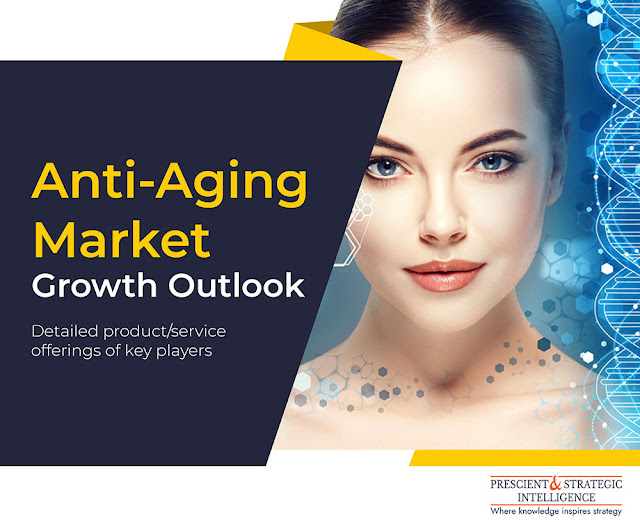Why Is BPH Treatment Drug and Surgery Demand Rising Notably?
According to the United Nations Department of Economic and Social Affairs (UNDESA), the number of people aged 65 years or more will grow from 727 million in 2020 to around 1.5 billion by 2050. The U.S. Census Bureau forecasts that the global population of men aged 55–59 years will reach 222,508,188; men within the age group 60–64 years will rise to 198,506,354; and men in the age bracket 65–69 years will surge to 160,741,527 by 2030.
As elderly men are highly vulnerable to benign prostatic hyperplasia (BPH), the surging population of geriatric men will help the benign prostatic hyperplasia treatment market flourish during 2021–2030. According to P&S Intelligence, the market revenue will surge from about $10 billion in 2020 to around $17 billion by 2030. BPH or prostate gland enlargement occurs due to bladder or prostate cancer, kidney or bladder stones, urinary tract infections (UTI), scarring in the bladder neck caused due to previous surgeries, urethral stricture, and prostatitis.
At present, medical professionals are prescribing drug treatments, such as alpha blockers and 5-alpha reductase inhibitors; and surgical treatments, such as laser therapy, prostatic stenting, rezûm therapy, transurethral needle ablation of the prostate (TUNA), transurethral resection of the prostate (TURP), and transurethral microwave thermotherapy (TUMT), for people suffering from BPH and associated disorders. Some of the widely accepted alpha blockers include tamsulosin, silodosin, doxazosin, and alfuzosin. Furthermore, doctors are also offering dutasteride and finasteride to BPH patients for non-invasive treatments.
In the preceding years, the North American region led the benign prostatic hyperplasia treatment market, primarily on account of the rising geriatric population, which is extremely vulnerable to lower urinary tract diseases. The U.S. Census Bureau states that the population of individuals aged 65 years and above in the U.S. surged from 40.3 million in 2010 to 54.1 million in 2019. Additionally, the surging public awareness regarding BPH and the improving reimbursement coverage policy will also fuel the adoption of BPH treatment devices in the region.
Thus, the soaring number of elderly men will create a huge requirement for BPH treatment therapies and drugs in the upcoming years.
Get More Details Benign Prostatic Hyperplasia Treatment Market Regional Insights
%20Treatment%20Market.jpg)



Comments
Post a Comment